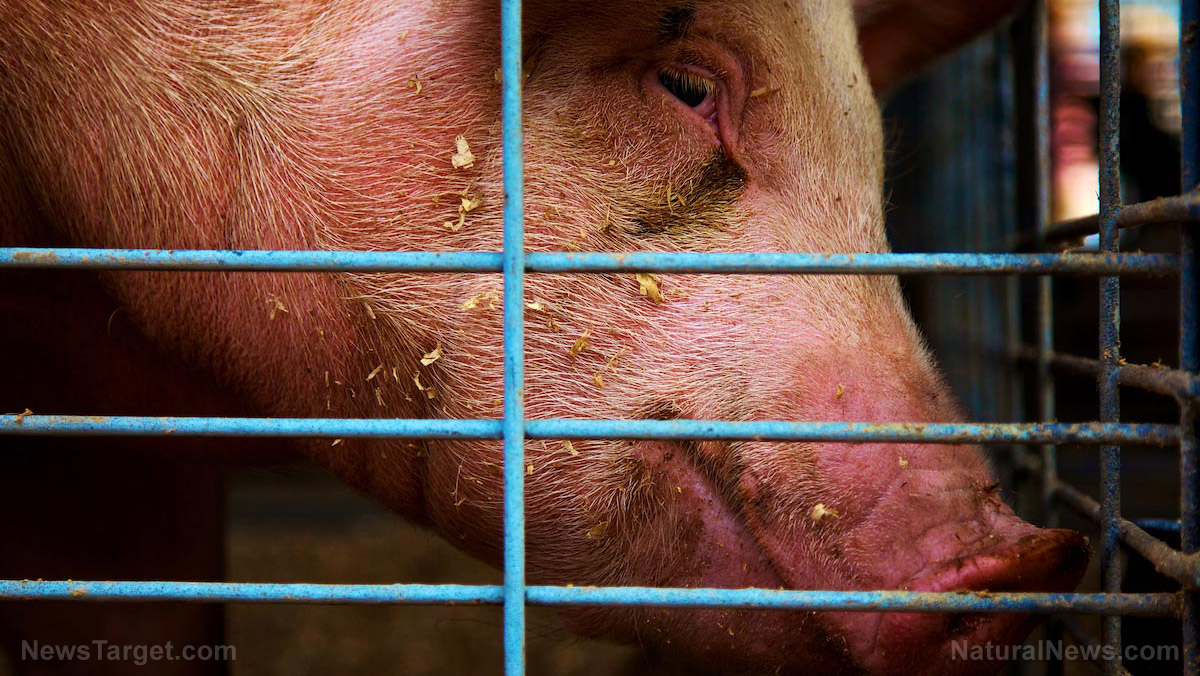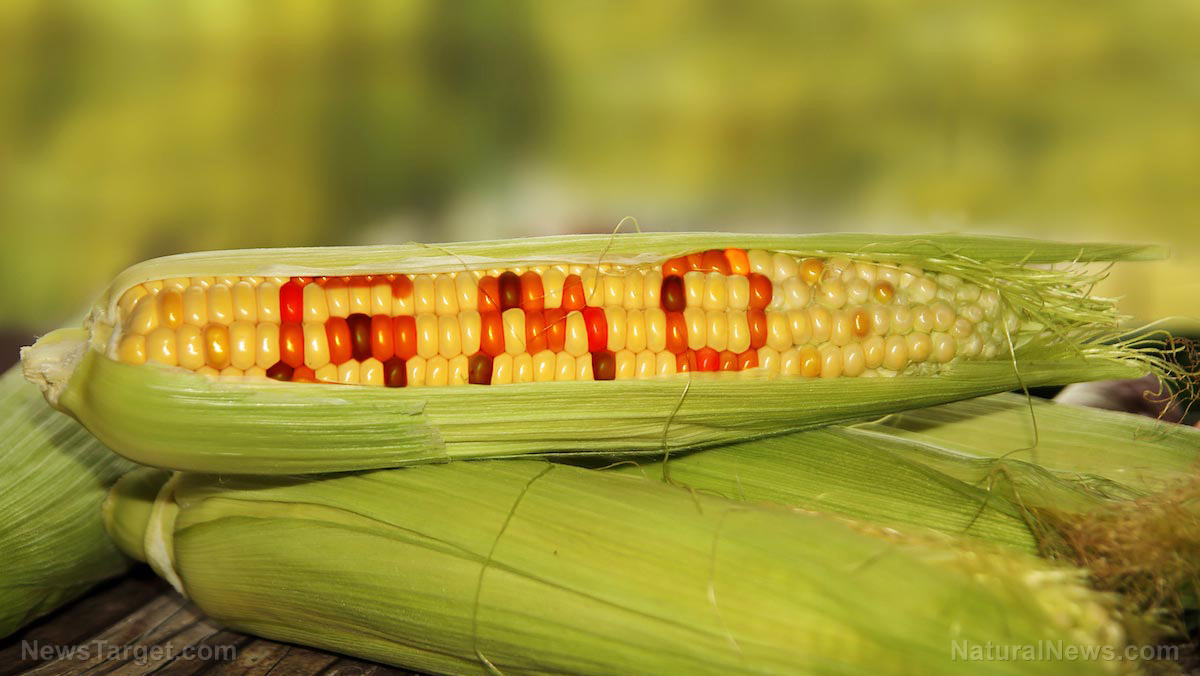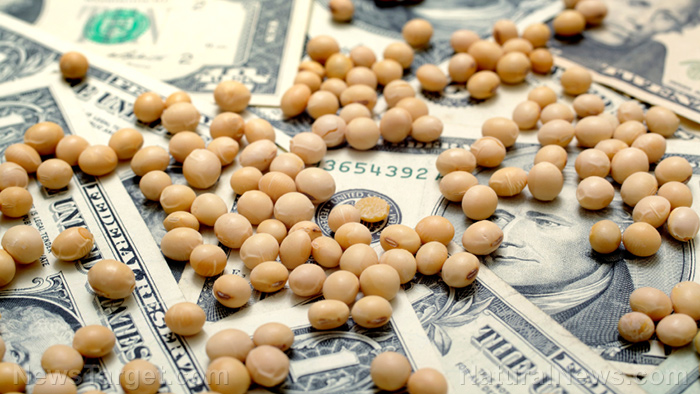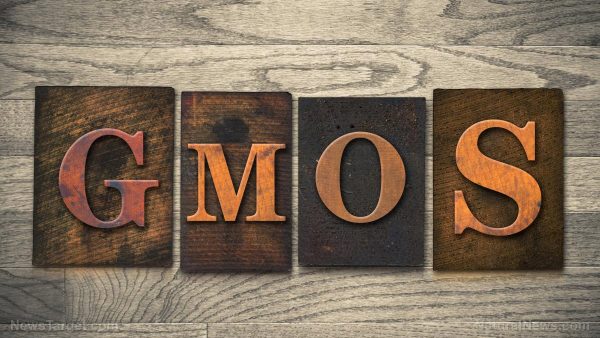Monsanto “scientists” have been releasing dubious studies since the 1970s and the EPA has let much of it slide — why are we only learning about this now?
07/05/2018 / By Isabelle Z.

When you hear about the dangers of pesticides, it might be tempting to think that it’s a new discovery made possible by increasingly sophisticated technology. Now that we know they’re bad, their use will be banned, and humanity will be spared, right?
That’s what you’d like to think, but the truth is that the very agency in charge of such a ban — the EPA — has long known how toxic the herbicide glyphosate is, and they’ve been looking the other way even as Roundup manufacturer Monsanto bestows us with dubious studies supporting their products. This is not something that has only been happening for the last two, five or even ten years — it’s been going on since at least the 1970s!
Ever since the EPA first registered glyphosate for use, there’s been a clear pattern at play: Every time its safety has been called into question, Monsanto makes sure the answers support its interests. They’ve been using their considerable influence and deep pockets to ensure EPA decisions go their way for more than four decades.
Two-year investigation finds undeniable pattern
A two-year investigation by In These Times illustrates that pattern nicely, encompassing the publicly available EPA documents full of omissions and redactions from the time it first came onto the market to their most recent campaigns to discredit the International Agency for Research on Cancer (IARC) after it labeled glyphosate a probable carcinogen.
The earliest evidence they uncovered dates back to May 1973, the year before glyphosate’s registration. On that occasion, a biologist with the EPA’s Toxicology Branch recommended that Roundup bear a “Danger” warning on its label because it was an eye irritant; a Monsanto senior staffer wrote a letter in protest and suggested that the eye irritation found in the test had been due to “previously irritated eyes” and not the herbicide. Some of the correspondence is missing, but the EPA eventually agreed to change the terminology from “Danger” to “Caution” at Monsanto’s behest.
Mother Nature's micronutrient secret: Organic Broccoli Sprout Capsules now available, delivering 280mg of high-density nutrition, including the extraordinary "sulforaphane" and "glucosinolate" nutrients found only in cruciferous healing foods. Every lot laboratory tested. See availability here.
That incident was followed by countless other similar examples of the EPA appeasing Monsanto. In 1978, an EPA scientist voiced concerns about scientists in a contract lab for a Monsanto study not recording what occurred in the experiment. The scientist called the entire study into doubt because the lab said it took specimens from the uterus of male rabbits — despite the fact that male rabbits most certainly don’t have a uterus. A Monsanto scientist somehow defended the study and said the EPA should trust its conclusions.
Scientists’ concerns dismissed
Not everyone who works at the EPA is inherently evil, of course. On many occasions, scientists working there have expressed concerns about studies and their findings, only to have those worries pushed aside by management — usually under pressure from Monsanto.
This is what happened when some EPA scientists voiced concerns about a mouse study showing glyphosate’s carcinogenicity in 1983. That study was so damning, in fact, that they’ve managed to analyze it to death, twisting and distorting the facts to make it appear that the chemical doesn’t pose a public health risk even as the evidence says the opposite. They even used that same study as evidence it’s not carcinogenic when rebutting the IARC’s decision!
The close ties between the EPA and Monsanto aren’t just a conspiracy theory; the independent oversight body of the EPA, the Office of the Inspector General, is investigating whether the EPA’s Office of Pesticide Programs’ former deputy director, Jess Rowland, colluded with Monsanto to bury an investigation into glyphosate carried out by the Department of Health and Human Services in the wake of the IARC’s report.
More than a thousand court cases against Monsanto are going through state courts, with a further few hundred making their way through federal courts, alleging that glyphosate caused people’s cancer and other health problems, and even their deaths.
In 2014, 276 million pounds of glyphosate were sprayed on farmland in the U.S. on crops like oats, rice, wheat and barley, as well as fruits and vegetables. Residues of it have been found in drinking water, fresh and processed foods, and even breast milk, and research shows that it can cause a host of health problems. It’s been linked to gut bacteria disruptions, improper hormone functioning, kidney damage, and non-Hodgkin lymphoma, to name a few.
Meanwhile, Monsanto raked in $4.76 billion in pesticide sales in 2015 alone. It’s pretty obvious what’s going on here. The real question is: How much longer will the EPA let them get away with it, and how many people have to die before something is done?
Sources for this article include:
Tagged Under: agriculture, biotech, chemicals, Collusion, decption, EPA, flawed studies, glyphosate, glyphosate dangers, GMO, herbicide, Monsanto, regulators, Roundup


















